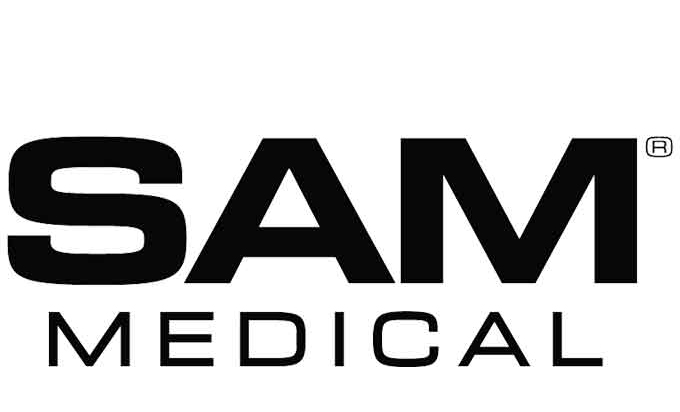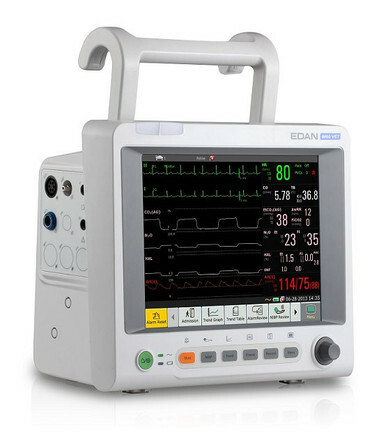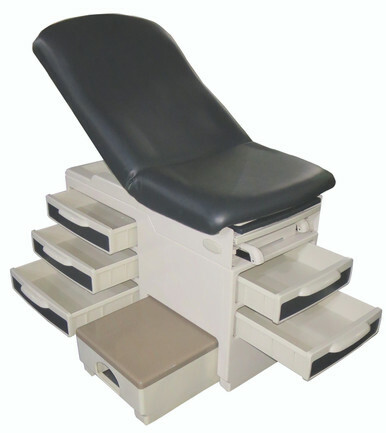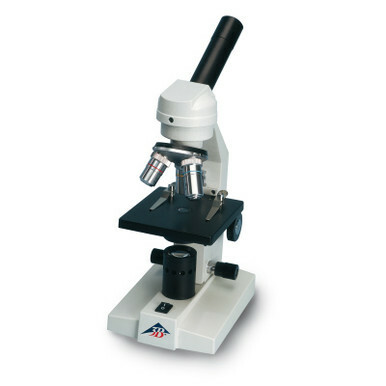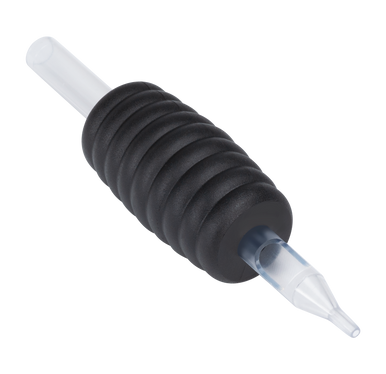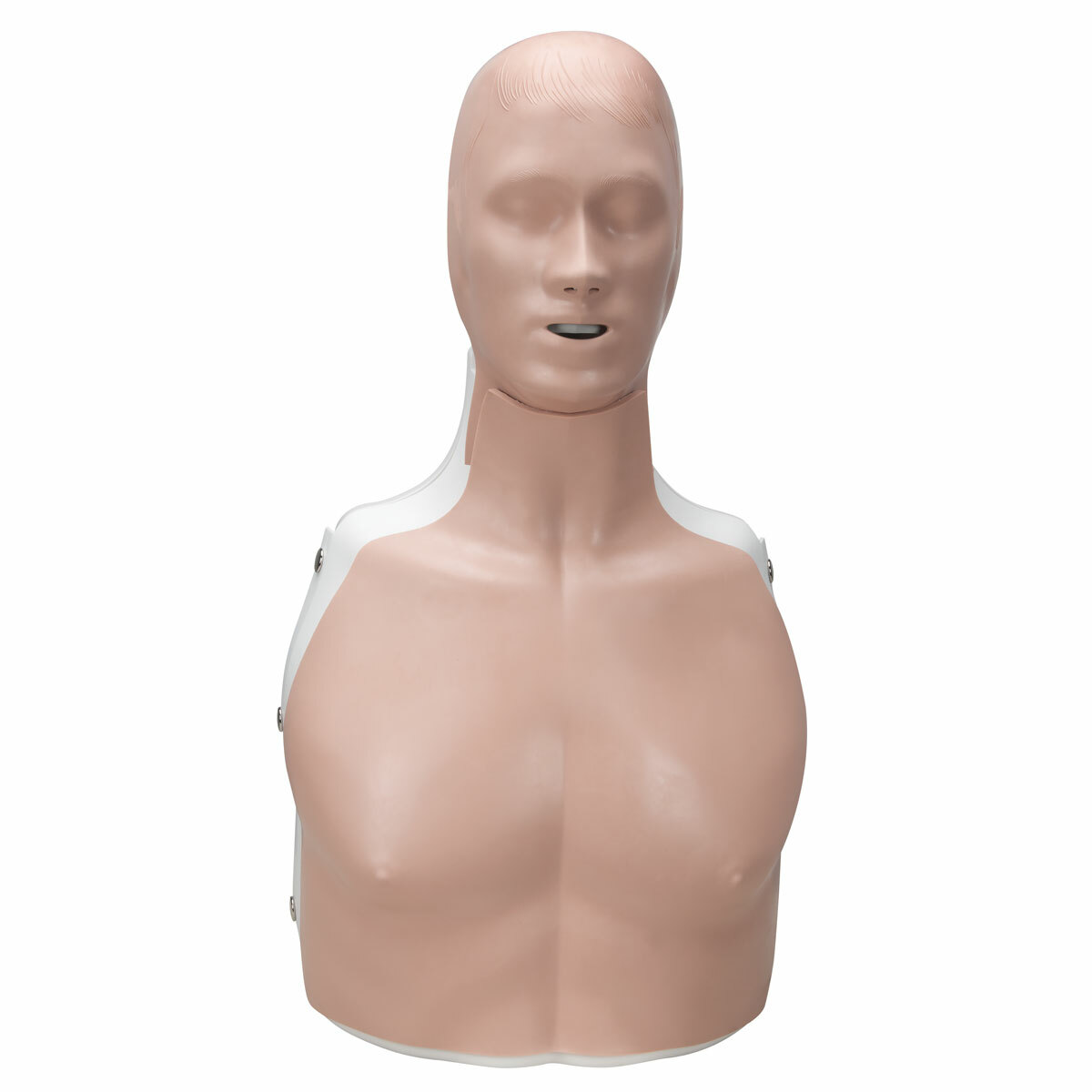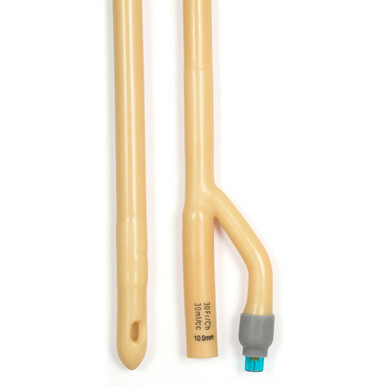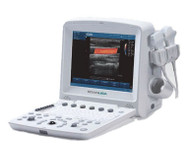Revolutionizing Healthcare: A Deep Dive into Ultrasound Systems and Equipment
Posted by EMRN on 14th Dec 2023
In the ever-evolving landscape of medical technology, ultrasound systems stand out as powerful tools that have transformed the way healthcare professionals diagnose and monitor various conditions. This blog post delves into the world of ultrasound systems and equipment, exploring their technological advancements, diverse applications, and the pivotal role they play in elevating patient care.
Understanding Ultrasound Technology
- Principles of Ultrasound: Ultrasound imaging relies on the principles of sound waves. High-frequency sound waves are emitted from a transducer, and as they bounce off internal tissues and organs, the returning echoes are translated into detailed images, providing real-time insights into the body's structures.
- Transducers and Probes: Transducers are the core components of ultrasound equipment. They come in various shapes and sizes, each designed for specific medical applications. From linear probes for vascular imaging to curvilinear probes for abdominal scans, the versatility of transducers enhances the diagnostic capabilities of ultrasound systems.
- Doppler Technology: Doppler ultrasound goes beyond imaging static structures, allowing healthcare professionals to assess blood flow and velocity. This is particularly valuable in cardiovascular examinations, as it aids in detecting conditions such as arterial blockages and valvular disorders.
Applications Across Medical Specialties
- Obstetrics and Gynecology: Ultrasound plays a crucial role in monitoring fetal development, detecting anomalies, and ensuring a safe and healthy pregnancy. It is also used for gynecological evaluations and fertility assessments.
- Cardiology: In cardiology, ultrasound systems provide detailed images of the heart's structure and function. Echocardiography, a common cardiac ultrasound application, aids in diagnosing heart conditions and assessing overall cardiac health.
- Radiology: Ultrasound complements other imaging modalities in radiology, offering a radiation-free option for visualizing soft tissues, organs, and blood vessels. It is often used for liver, kidney, and musculoskeletal imaging.
- Emergency Medicine: Portable ultrasound systems have become essential in emergency settings, allowing quick assessments for trauma, abdominal pain, and other urgent conditions. Their compact design enhances their utility in critical care environments.
Technological Advancements
- 3D and 4D Imaging: Advanced ultrasound systems offer three-dimensional (3D) and even real-time four-dimensional (4D) imaging capabilities. This enhances the visualization of complex structures and aids in detailed anatomical assessments.
- Elastography: Elastography assesses tissue stiffness, providing valuable information about the elasticity of organs. This technology is particularly useful in liver fibrosis assessments and breast imaging.
- Point-of-Care Ultrasound (POCUS): Portable ultrasound systems enable point-of-care imaging, allowing healthcare providers to perform focused examinations directly at the patient's bedside. POCUS has become integral in various medical specialties, enhancing diagnostic speed and accuracy.
Conclusion
Ultrasound systems and equipment have evolved into indispensable tools across diverse medical disciplines. Their non-invasive nature, real-time imaging capabilities, and continuous technological advancements contribute significantly to diagnostic precision and patient care. As ultrasound technology continues to advance, the future holds even more promise for improved medical imaging, early disease detection, and enhanced healthcare outcomes. The journey of exploration and innovation in ultrasound systems is an exciting testament to the ever-improving landscape of modern medicine.











